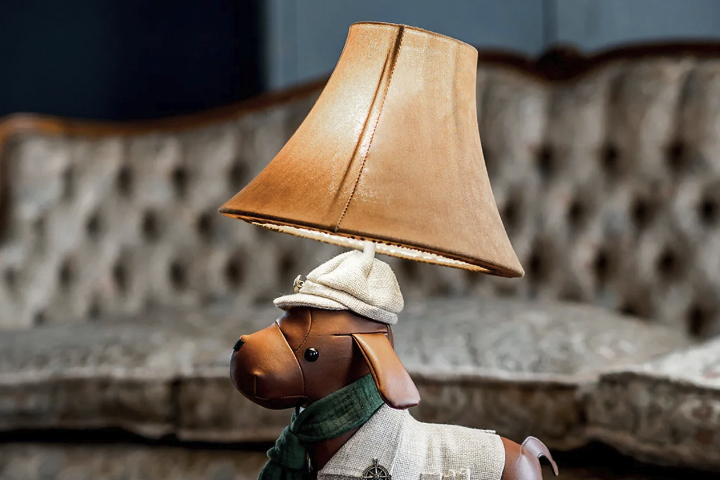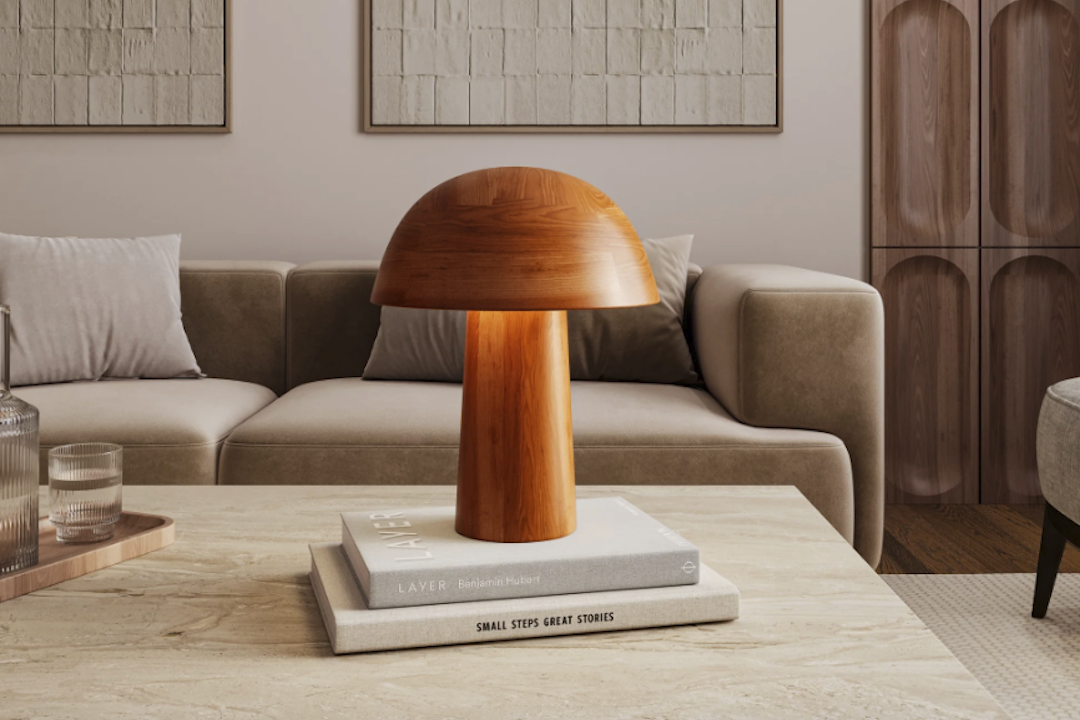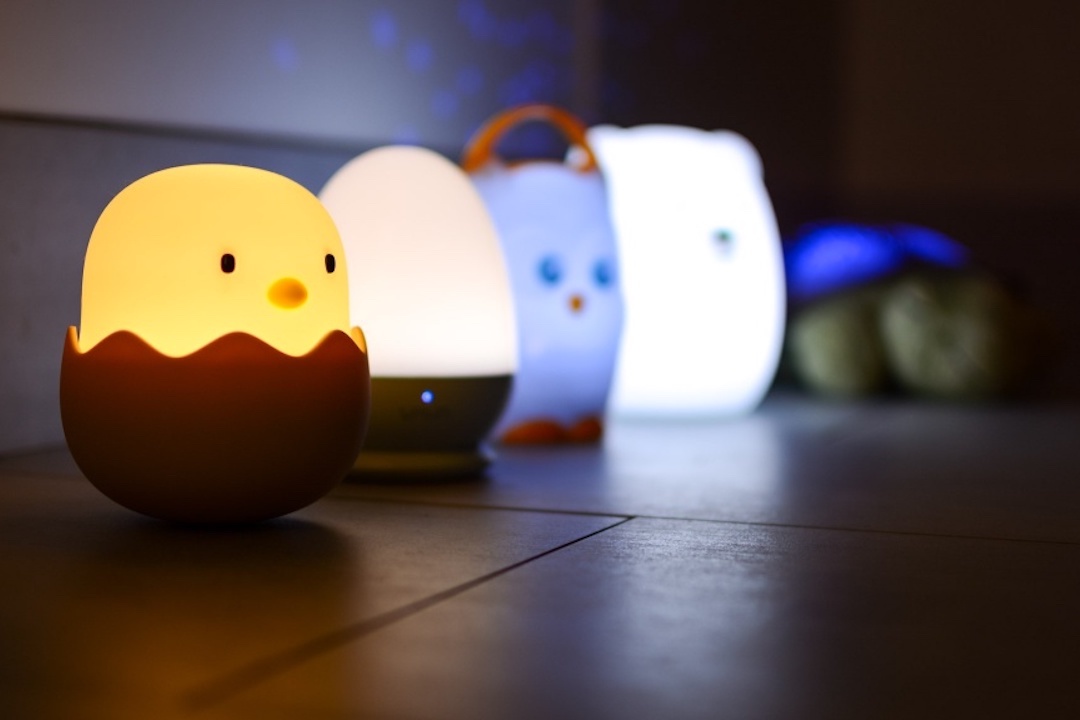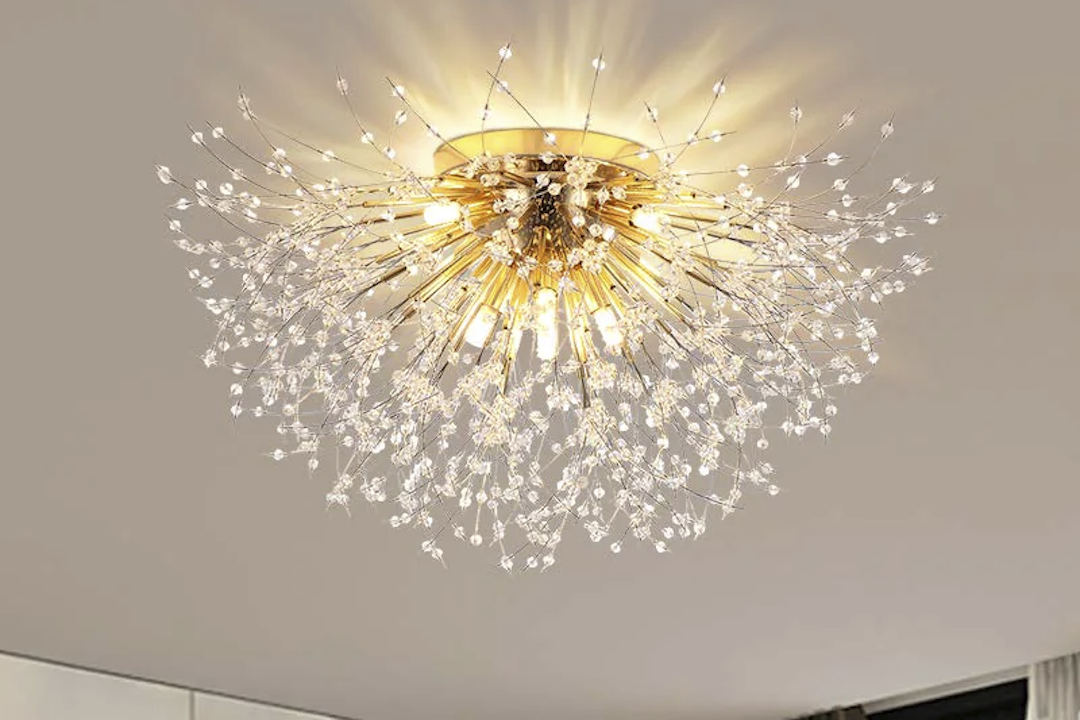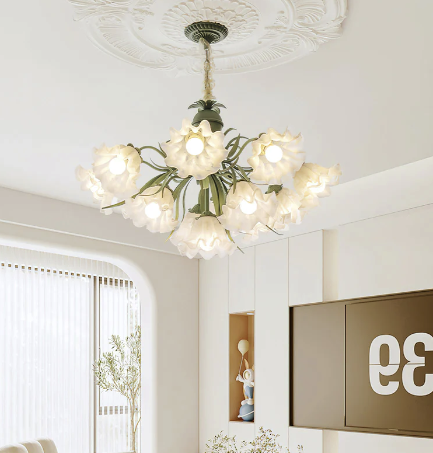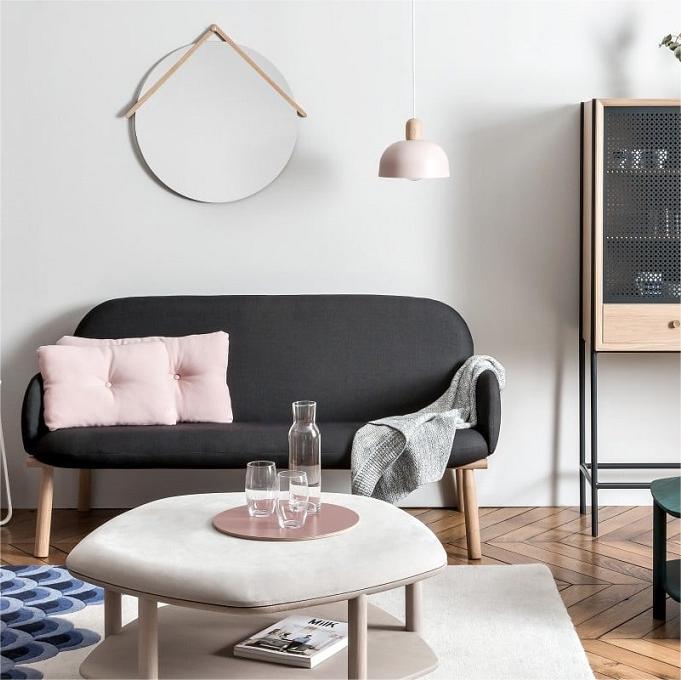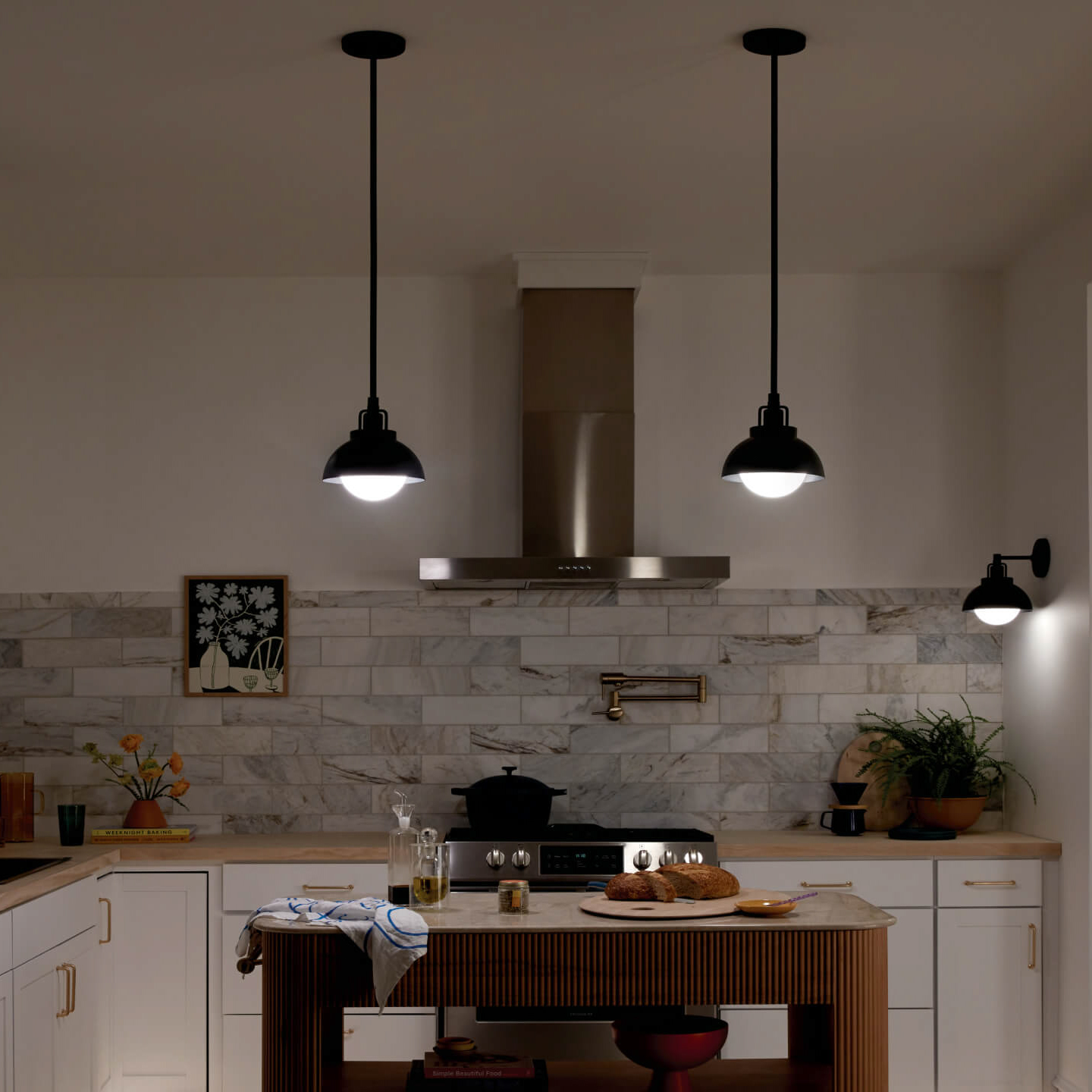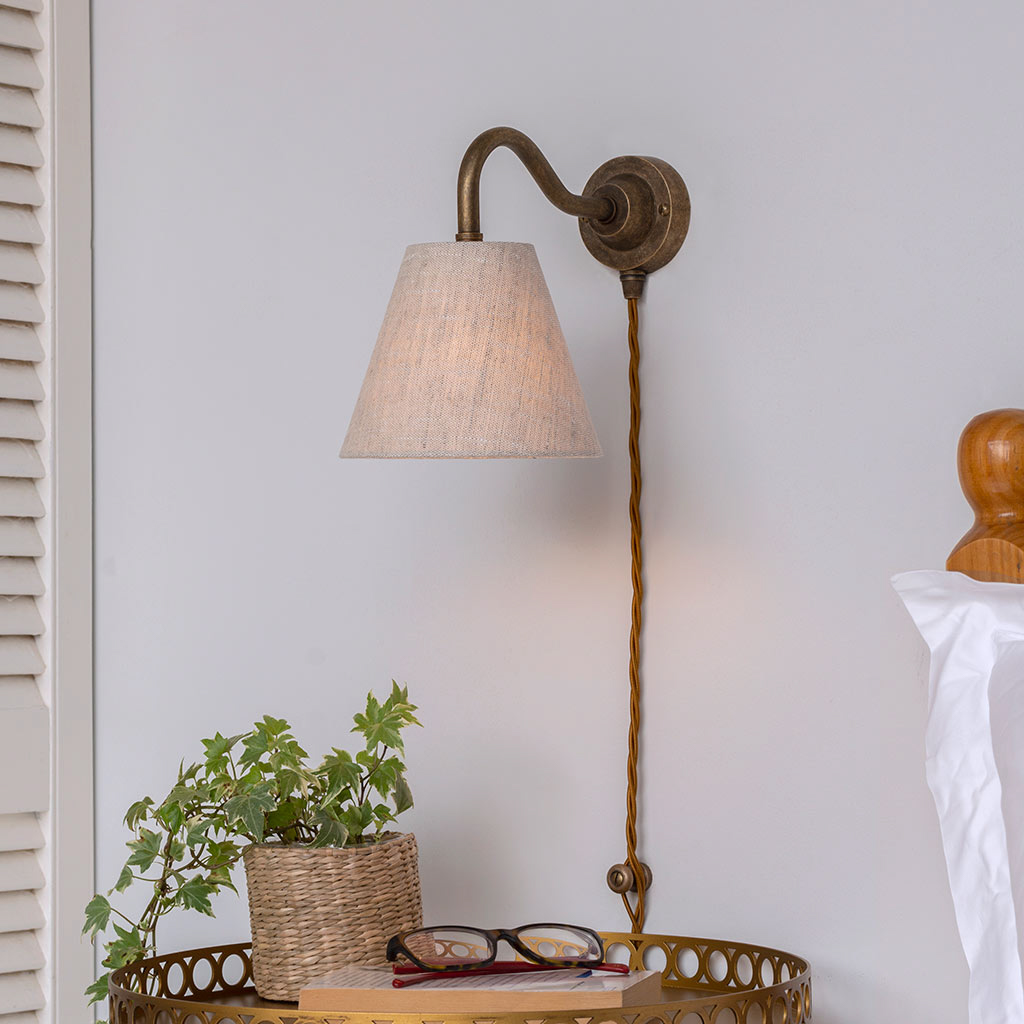
The Philippines is the home to many furniture companies specializing in the production of custom-made, unique items. The country’s strong economic growth and Filipinos’ purchasing power boost the demand for these products. The property sector’s steady growth also contributes to the industry’s success.
The Philippine furniture industry has a long and proud history of producing high-quality, sophisticated, sturdy, and environmentally friendly goods. The industry is supported by government and private training facilities that enhance its natural talent for art and design. This enables the industry to produce furniture according to customer specifications and preferences, and is capable of attracting international business.
There are several sources of demand for furniture items in the country, including hotels and restaurants that need to update their ambiance, real estate developers seeking to attract tenants, and family households that need to furnish their homes. In addition to these, the growing market for tourism-based enterprises is a major driver of the industry’s growth.
One of the best-known examples of furniture-related trade is Manila FAME, a biannual trade show organized by the Center for International Trade Expositions and Missions (CITEM). The event showcases furniture manufacturers, as well as products related to housewares, accessories, gifts, holiday decor, fashion and jewelry.
Aside from the show, other government initiatives and private programs promoting the industry include product development, human resource development and research and development on the use of indigenous wood and non-wood forest products in the production of furniture. The Department of Science and Technology’s Forest Products Research and Development Institute (FPRDI) is one such organization.
For example, it launched the “Product Development Sourcebook” in March 2014 to document and compile indigenous raw materials that can be used in manufacturing furniture. The FPRDI also conducts testing on wood and non-wood products for quality assurance.
Another noteworthy program is the Iloilo Batiano River Development Project, which was awarded for its excellence in local government practices by the Galing Pook Awards. This award recognizes local governments that have excelled in the implementation of projects and policies that are worthy of replication in other cities.
The most interesting feature of the Iloilo batiano river project is its vantage point in downtown Iloilo, which provides views of the city’s skyline and the surrounding islands. The vantage point is accessible by foot or car from the center of town, and is also a perfect spot for a stroll or leisurely bike ride.
Other notable features of the city include its public artworks, such as the 3D Mural displaying the Dinagyang warriors dancing in the street. The city also has several heritage commercial edifices, such as the Calle Real – the city’s oldest business district. These edifices are built with European designs and were a sign of Iloilo’s once economic and political prominence in the eras of Spanish colonialism and American empires.
